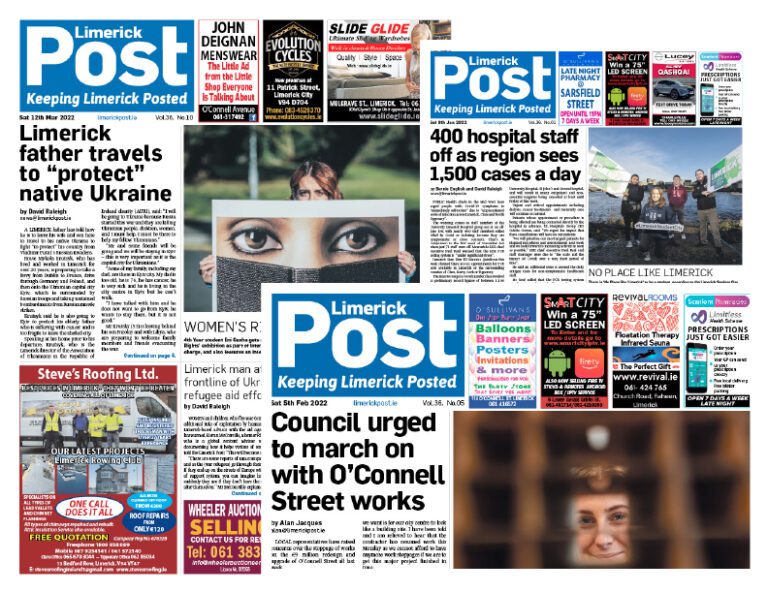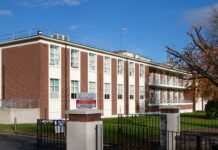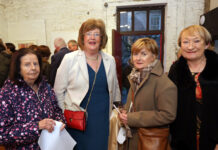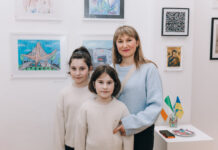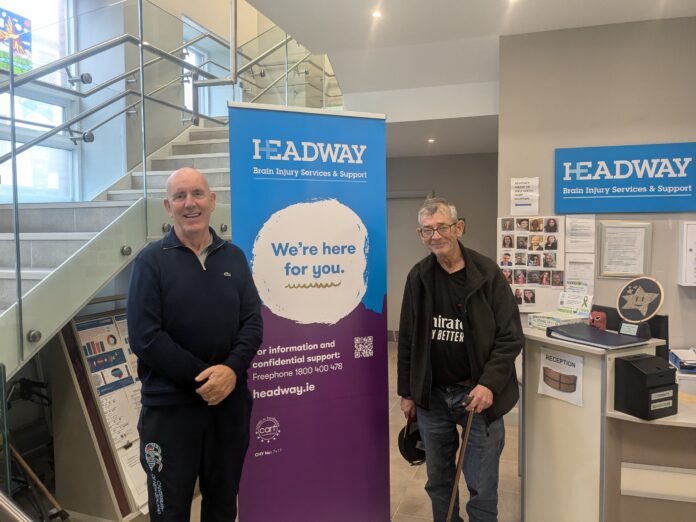
THE undeniable gap between life before and after a life-changing brain injury can be hard to put into words. For those who have lived through such a harrowing experience, art can have the power to carry the kind of meaning that words fail to capture.
That was one of the powerful lessons learned by those who came to the Brainbow art exhibition at the Hunt Museum, featuring works by service users at Headway Limerick – the local branch of the national organisation helping people and families affected by acquired brain injuries and strokes.
Dear Limerick Post Reader
You've enjoyed 12 articles with us this month!
To continue reading kindly subscribe to our service.
Thank you for your support!
If you already have an account Sign in
What you get
- ✓ Ad-free
- ✓ Access to all premium content
